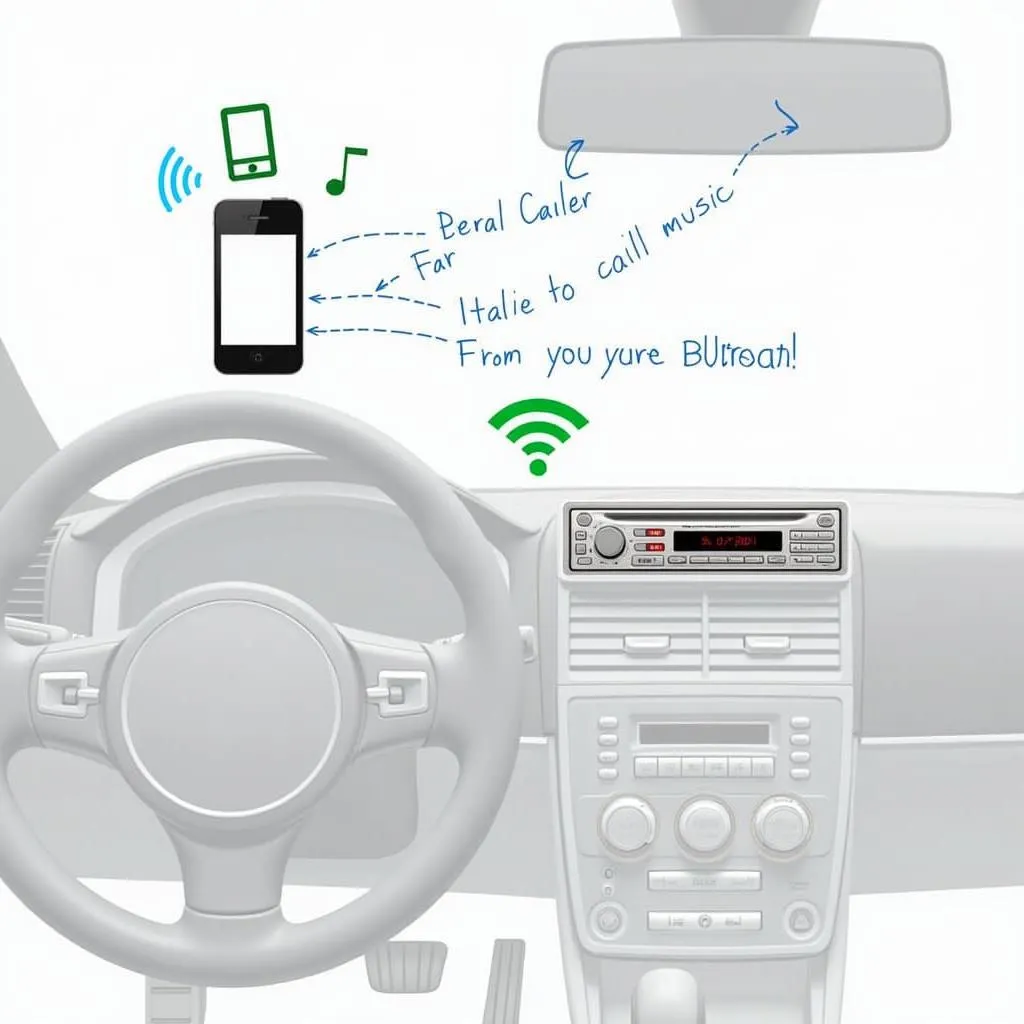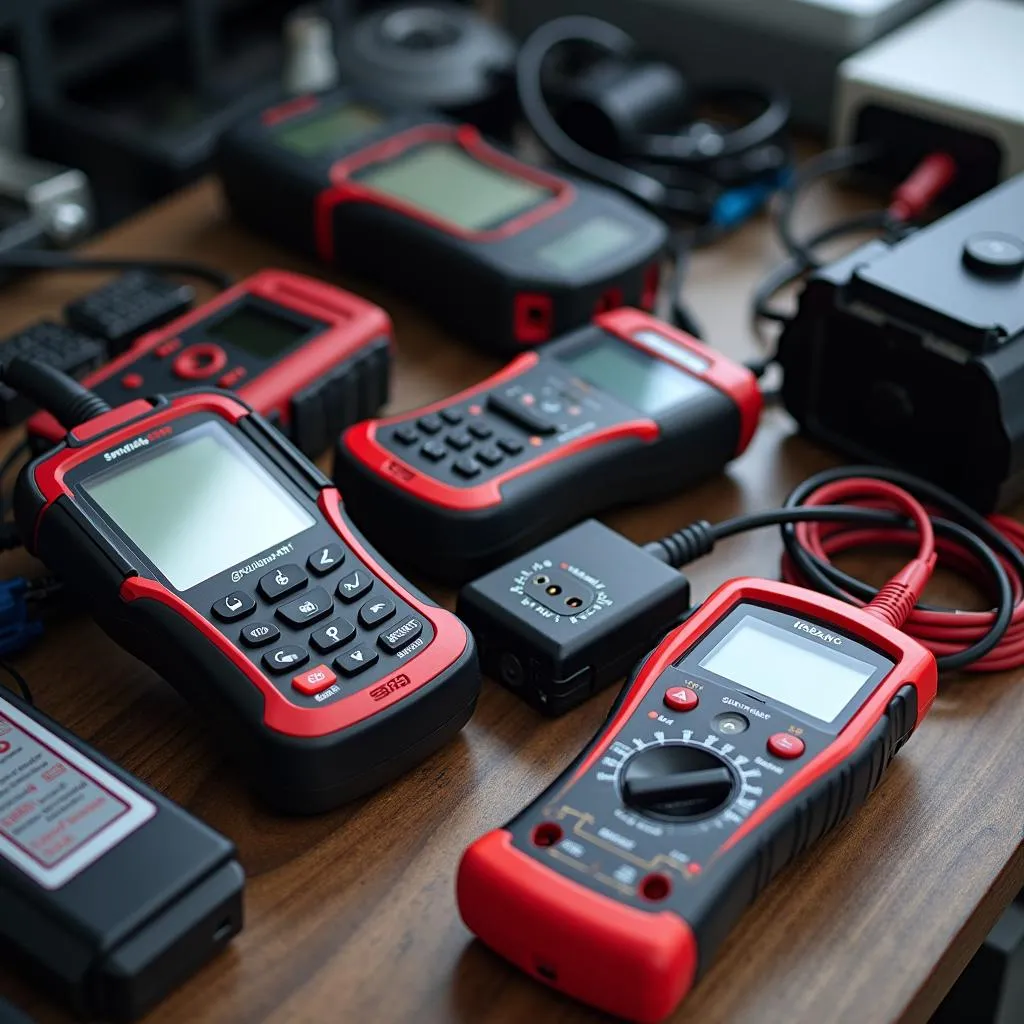We’ve all been there – settling into your car, ready for a drive, only to find your phone won’t connect to the car radio. It’s frustrating, especially when you’re relying on that connection for music, calls, or navigation. But before you give up and resign yourself to radio silence, let’s troubleshoot some common issues and solutions for connecting your phone to your car radio using a Bluetooth device.
Understanding Bluetooth Car Kits
First things first, let’s break down what a Bluetooth car kit actually is. In simple terms, it’s a device that bridges the communication gap between your car radio and your smartphone. It receives audio signals from your phone and transmits them to the car’s speakers, and vice versa for hands-free calling.
Common Bluetooth Connection Problems
There are a few usual suspects when it comes to Bluetooth connectivity issues:
1. Pairing Problems
- Issue: Your phone and car radio aren’t recognizing each other, or the pairing process is unsuccessful.
- Possible Causes: Bluetooth is turned off on either device, the devices are out of range, or there’s a compatibility issue.
- Solution: Ensure Bluetooth is enabled on both devices. Move closer to the radio and retry pairing. Consult your car and phone manuals to check for compatibility.
2. Audio Issues
- Issue: You’re connected but there’s no sound, static, or choppy audio.
- Possible Causes: Low signal strength, interference from other devices, incorrect audio input settings on the car radio.
- Solution: Move closer to the radio, turn off other Bluetooth devices nearby, and verify the audio source on your car radio is set to Bluetooth.
3. Dropping Connection
- Issue: The connection keeps cutting out during use.
- Possible Causes: Interference, low battery on either device, or distance exceeding Bluetooth range.
- Solution: Minimize interference from other devices. Charge both your phone and car battery if needed. Stay within the Bluetooth range.
 Bluetooth car radio connection diagram
Bluetooth car radio connection diagram
Advanced Troubleshooting
If basic troubleshooting doesn’t work, the problem might be more technical:
4. Software Glitches
- Issue: Connection problems persist even after trying basic fixes.
- Possible Cause: Software bugs in either the car radio or phone’s operating system.
- Solution: Check for firmware updates for your car radio and software updates for your phone. Resetting the car radio to factory settings or performing a network reset on your phone might also help.
5. Hardware Malfunctions
- Issue: Complete inability to connect, even after software troubleshooting.
- Possible Causes: Faulty Bluetooth module in the car radio or phone.
- Solution: Diagnosing and fixing hardware issues requires professional help. Contact a qualified car audio technician or your car’s dealership for assistance.
 Car diagnostic tools for troubleshooting Bluetooth connectivity issues
Car diagnostic tools for troubleshooting Bluetooth connectivity issues
FAQs
Why won’t my phone find my car radio?
Make sure Bluetooth is enabled on both devices and your phone is in “discoverable” mode. Check your car’s manual to see if there’s a specific button combination to initiate pairing.
Can I use any Bluetooth device to connect my phone to my car radio?
While most smartphones and car radios with Bluetooth are compatible, it’s always best to consult your device manuals for confirmation.
Can I improve my Bluetooth connection quality?
Avoid placing your phone in areas with potential interference, such as near laptops or navigation devices. Keeping your devices updated with the latest software can also improve performance.
Need More Help?
For persistent connection issues or advanced diagnostics, Cardiagtech offers a range of professional diagnostic and programming services. Contact us today for expert assistance.
Remember: Always consult your car and phone manuals for model-specific instructions and safety precautions.


